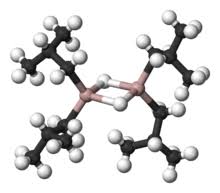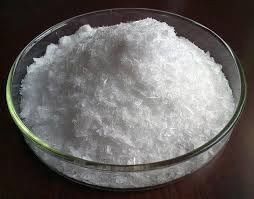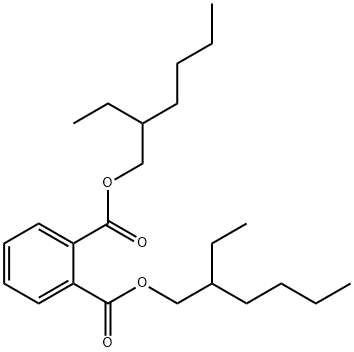DEHP and Endocrine Toxicity
Nov 7,2019
Di-2-ethylhexyl phthalate (DEHP) is the most common member of the class of phthalates, which are used as plasticizers in polymer products to make plastic flexible. DEHP is also called bis(2-ethylhexyl) phthalate or dioctyl phthalate (DOP). This colorless viscous and lipophilic liquid is more soluble in materials such as paint removers, gasoline, and oils than in water and has almost no odor. It does not evaporate easily, and little will be present in the air even near sources of production.
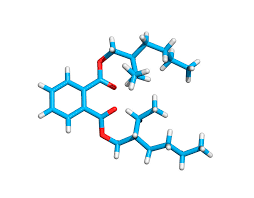
Endocrine Toxicity
Di-2-ethylhexyl phthalate (DEHP) is extensively used as a plasticizer in many products, especially medical devices, furniture materials, cosmetics, and personal care products. DEHP is noncovalently bound to plastics, and therefore, it will leach out of these products after repeated use, heating, and/or cleaning of the products.
Due to its ubiquity in the environment, DEHP has raised concerns pertaining to continuous exposure of the human population. When DEHP enters the body, it is metabolized into different metabolites. The primary monoester metabolites of DEHP are di-n-octyl phthalate (DnOP), di-n-butyl phthalate (DnBP), benzyl butyl phthalate (BBzP), and diethyl phthalate (DEP).
DEHP is best known as an endocrine disruptor (ED). An endocrine disrupter is an exogenous substance or mixture that alters the function(s) of the endocrine system and consequently causes adverse health effects in an intact organism, its progeny, or (sub)populations. In utero DEHP exposure diminishes mineralocorticoid receptor (MR) expression in adult rat Leydig cells, which affects aldosterone-induced androgen formation, which probably decreases testosterone production .
Further investigations revealed that a decrease of 50% in aldosterone and testosterone concentrations in male rats was due to in utero exposure to DEHP at doses of 100, 300, and 750 mg kg−1 day−1 but corticosterone levels did not change [14, 15]. This could be explained by a significant decrease in adrenal tissue weight following 750 mg kg−1 day−1 DEHP exposure due to diminished angiotensin II (AT) receptor levels in adrenal tissue. Interestingly, components of the renin-angiotensin-aldosterone system (RAAS) and stimulants of aldosterone show no change in the serum.
DEHP can enter the body through inhalation, ingestion, and dermal contact on a daily basis, which has raised some concerns about its safety and its potential effects on human health.
- Related articles
- Related Qustion
- Bis(2-ethylhexyl) phthalate: Sources, Biological Activity and Metabolism Dec 16, 2024
Bis(2-ethylhexyl) phthalate (DEHP) is an organic compound isolated from a number of microorganisms (e.g., bacteria and fungi), including Penicillium, Lactiplantibacillus plantarum BCH-1, Aspergillus parasiticus and Fusarium subglutinans.
These reagents are prepared by the reaction between diisobutylaluminium hydride and selenium or tellurium powders. They are obtained as a mixture of (Bui 2AlE)2 and (Bui AlE)n where E is Se or Te.....
Nov 7,2019Organic ChemistryPhthalic anhydride is a toxic, white crystalline compound used in the manufacture of phthaleins and other dyes, resins, plasticizers, and insecticides.....
Nov 7,2019Organic reagentsBis(2-ethylhexyl) phthalate
117-81-7You may like
Bis(2-ethylhexyl) phthalate manufacturers
- 2-Ethylhexyl phthalate
-
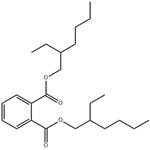
- 2025-09-02
- CAS:117-81-7
- Min. Order:
- Purity: 0.99
- Supply Ability:
- DEHP
-

- $52.00 / 100mg
- 2025-08-29
- CAS:117-81-7
- Min. Order:
- Purity: 99.76%
- Supply Ability: 10g
- Bis(2-ethylhexyl) phthalate
-
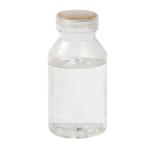
- $1860.00 / 1Tons
- 2025-08-20
- CAS:117-81-7
- Min. Order: 1Tons
- Purity: 99.99%
- Supply Ability: Tons




